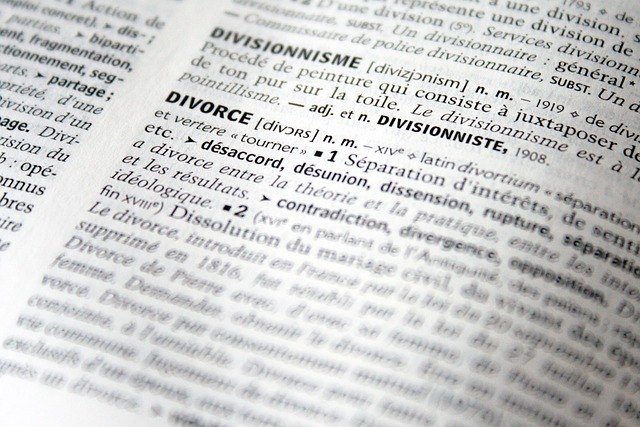Finance crime probes target illegal activities in the financial sector, focusing on fraud, money laundering, and corruption. Key steps for resolving these include early detection, robust internal controls, and amicable partnership dissolutions. To dissolve a business partnership amicably, initiate open communication, document discussions, consult legal professionals, address contractual obligations, and draft a dissolution agreement. Prioritizing legal considerations maintains professional integrity and safeguards against future disputes.
“Unraveling finance crime probes is crucial for maintaining integrity in business operations. This comprehensive guide delves into understanding these investigations, with a focus on efficient partnership dissolutions. Learn the essential steps to initiate and conduct amicable partings, while navigating legal considerations. Discover how to handle business partnerships’ end smoothly, ensuring compliance and minimizing conflict. Key phrases include ‘steps to dissolve a business partnership amicably’ and ‘legal considerations’.”
- Understanding Finance Crime Probes: A Comprehensive Overview
- Steps to Initiate and Conduct Efficient Partnership Dissolutions
- Legal Considerations: Navigating Amicable Parting Ways in Business
Understanding Finance Crime Probes: A Comprehensive Overview

Finance crime probes are comprehensive investigations into illegal activities within the financial sector. These probes encompass a wide range of offenses, from fraud and money laundering to tax evasion and corruption. Understanding finance crime probes involves grasping the intricate processes and regulations designed to safeguard the integrity of financial systems. Authorities, including law enforcement agencies and regulatory bodies, conduct these probes to ensure compliance, deter potential criminals, and protect corporate and individual clients alike.
The process typically includes several steps: identifying suspicious activities, gathering evidence through surveillance, financial records, and interviews; analyzing the data to establish patterns and intent; and finally, presenting the case to prosecutors for potential charges. A key aspect in resolving these cases amicably is early detection and reporting by individuals and organizations, including taking proactive measures like implementing robust internal controls and conducting regular audits. Moreover, for those involved in business partnerships, it’s crucial to know the steps to dissolve a business partnership amicably should suspicions arise, ensuring transparency and minimizing legal repercussions during such delicate situations.
Steps to Initiate and Conduct Efficient Partnership Dissolutions

When deciding to dissolve a business partnership amicably, the first step is to initiate open and transparent communication with your co-partner(s). This conversation should focus on understanding each other’s perspectives and setting clear goals for the dissolution process. It’s crucial to document these discussions, ensuring all agreements are well-defined and in writing. This documentation serves as a safety net, protecting both parties from misunderstandings or future disputes.
Next, assess the legal implications of the partnership dissolution. Consult with legal professionals specializing in general criminal defense and business law to ensure compliance with relevant regulations. This is especially important when dealing with corporate and individual clients, as well as philanthropic and political communities, where the stakes can be high. Properly executed partnerships dissolutions not only maintain professional integrity but also safeguard against potential legal complications.
Legal Considerations: Navigating Amicable Parting Ways in Business

When unraveling a business partnership, legal considerations are paramount to ensuring an amicable parting of ways. The first step is to consult with legal professionals who can guide through the process and help navigate any potential pitfalls. This involves assessing contractual obligations, intellectual property rights, and outstanding financial matters. By addressing these aspects proactively, stakeholders can avoid disputes that could lead to lengthy legal battles and, in severe cases, indictments.
The process typically includes negotiations for a buy-out or fair distribution of assets, followed by drafting and signing a dissolution agreement. It’s crucial to document all decisions and arrangements clearly to safeguard the respective business interests. Open communication and mutual understanding are key to an amicable resolution, which not only preserves professional relationships but also fosters a positive reputation across the country, ensuring smoother operations in future entrepreneurial endeavors.
In wrapping up our exploration of finance crime probes and their implications for business partnerships, it’s clear that understanding and adhering to best practices for dissolving partnerships amicably is crucial. By following the outlined steps, from initiating open communication to handling legal considerations, businesses can not only navigate partings ways responsibly but also preserve relationships and mitigate potential risks. Remember, efficient partnership dissolutions are key to fostering a positive business landscape, ensuring a smooth transition for all involved parties.






